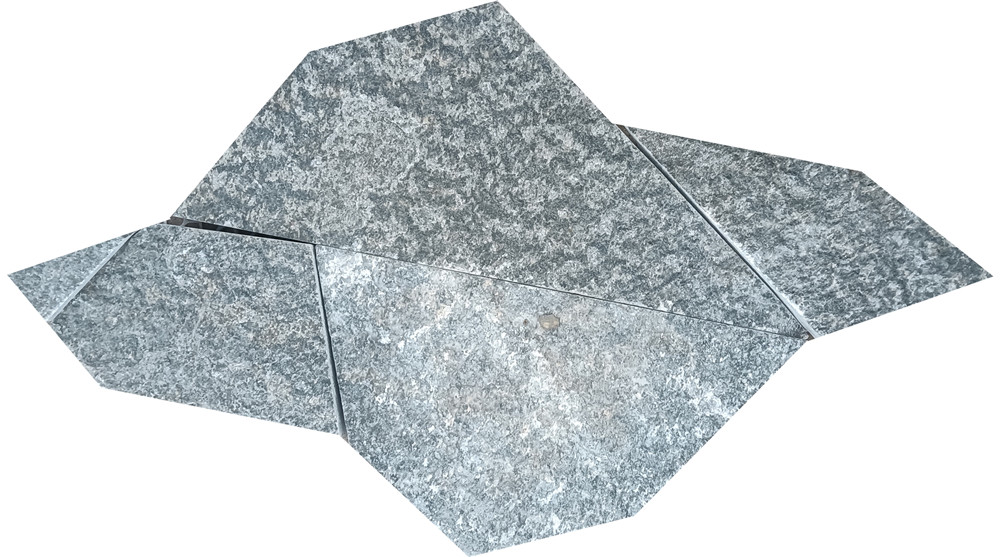Introduction
Cultured stone columns have been a staple in architectural design for centuries, adding a touch of elegance and sophistication to buildings and structures. These columns provide a classic and timeless look that can enhance any space, whether it be a grand entrance, a majestic hallway, or a cozy courtyard. In this article, we will explore the various aspects of cultured stone columns, including their history, types, benefits, and installation methods.
History of Cultured Stone Columns
The use of stone columns in architecture dates back to ancient civilizations such as the Greeks and Romans. These early cultures used natural stone columns to support the weight of structures and create visually stunning architectural features. Over time, the use of stone columns evolved, with new techniques and materials being developed to create columns that were not only structurally sound but also aesthetically pleasing.
The concept of cultured stone, also known as manufactured stone, emerged as a cost-effective alternative to natural stone. Cultured stone is made by casting concrete or other materials in molds that are designed to replicate the look and texture of natural stone. This process allows for greater flexibility in design and customization, making it ideal for creating intricate column designs that would be difficult or prohibitively expensive to achieve with natural stone.
Types of Cultured Stone Columns
There are several types of cultured stone columns available on the market, each with its own unique characteristics and design options. Some of the most common types of cultured stone columns include:
1. Fluted Columns: Fluted columns feature vertical grooves or ridges that run along the length of the column, creating a sense of depth and dimension. Fluted columns are a popular choice for classical and neoclassical architectural styles.
2. Smooth Columns: Smooth columns have a clean and sleek surface without any decorative elements. These columns are versatile and can be used in a variety of design styles, from modern to traditional.
3. Corinthian Columns: Corinthian columns are characterized by elaborate capitals adorned with acanthus leaves and scrolls. These columns are often used in grand and ornate architectural designs.
4. Tuscan Columns: Tuscan columns have a simple and understated design, featuring a smooth shaft and a plain capital. These columns are commonly used in more rustic or minimalist architectural styles.
Stepping stone ideas for inspiration of Cultured Stone Columns
Cultured stone columns offer a wide range of benefits compared to natural stone columns, making them a popular choice for architects, designers, and homeowners alike. Some of the key benefits of cultured stone columns include:
1. Cost-Effective: Cultured stone columns are generally more affordable than natural stone columns, making them a budget-friendly option for those looking to achieve the look of stone without breaking the bank.
2. Lightweight: Cultured stone columns are lighter in weight than natural stone columns, making them easier to transport, handle, and install. This can result in cost savings during the installation process.
3. Durability: Cultured stone columns are made from durable materials such as concrete, which are resistant to weathering, cracking, and fading. This ensures that the columns will maintain their appearance and structural integrity over time.
4. Versatility: Cultured stone columns come in a wide range of colors, textures, and finishes, allowing for endless design possibilities. Whether you prefer a classic white marble look or a more rustic stone finish, there is a cultured stone column to suit your style.
5. Easy Maintenance: Cultured stone columns require minimal maintenance compared to natural stone columns, as they are less prone to staining, chipping, or discoloration. Regular cleaning with soap and water is usually all that is needed to keep cultured stone columns looking their best.
Installation of Cultured Stone Columns
The installation of cultured stone columns requires careful planning and execution to ensure a seamless and professional finish. Here are some key steps involved in the installation process:
1. Planning and Design: Before installing cultured stone columns, it is important to carefully plan the design and layout of the columns to ensure they complement the overall architectural style of the space. Consider factors such as column height, diameter, and placement to achieve the desired look.
2. Preparation: Prepare the installation site by ensuring a level and stable foundation for the columns. This may involve pouring a concrete footing or using anchor bolts to secure the columns in place.

3. Assembly: Assemble the individual components of the cultured stone columns, including the base, shaft, and capital, according to the manufacturer's instructions. Ensure that all components are properly aligned and securely fastened together.
4. Installation: Install the assembled cultured stone columns onto the prepared foundation, making sure to level and plumb each column for a straight and symmetrical appearance. Use mortar or adhesive to secure the columns in place, following the manufacturer's guidelines for proper application.
5. Finishing Touches: Once the cultured stone columns are installed, apply any necessary finishing touches such as caulking, sealing, or painting to enhance the appearance and durability of the columns. Take care to clean up any excess mortar or adhesive to achieve a clean and polished finish.
Conclusion
Cultured stone columns are a timeless architectural element that can add beauty, elegance, and sophistication to any space. With their wide range of design options, cost-effective pricing, durability, and easy maintenance, cultured stone columns are a practical and stylish choice for both residential and commercial projects. Whether you prefer the classic look of fluted columns or the simplicity of smooth columns, there is a cultured stone column to suit every design aesthetic. Consider incorporating cultured stone columns into your next architectural project to create a lasting impression that will stand the test of time.
